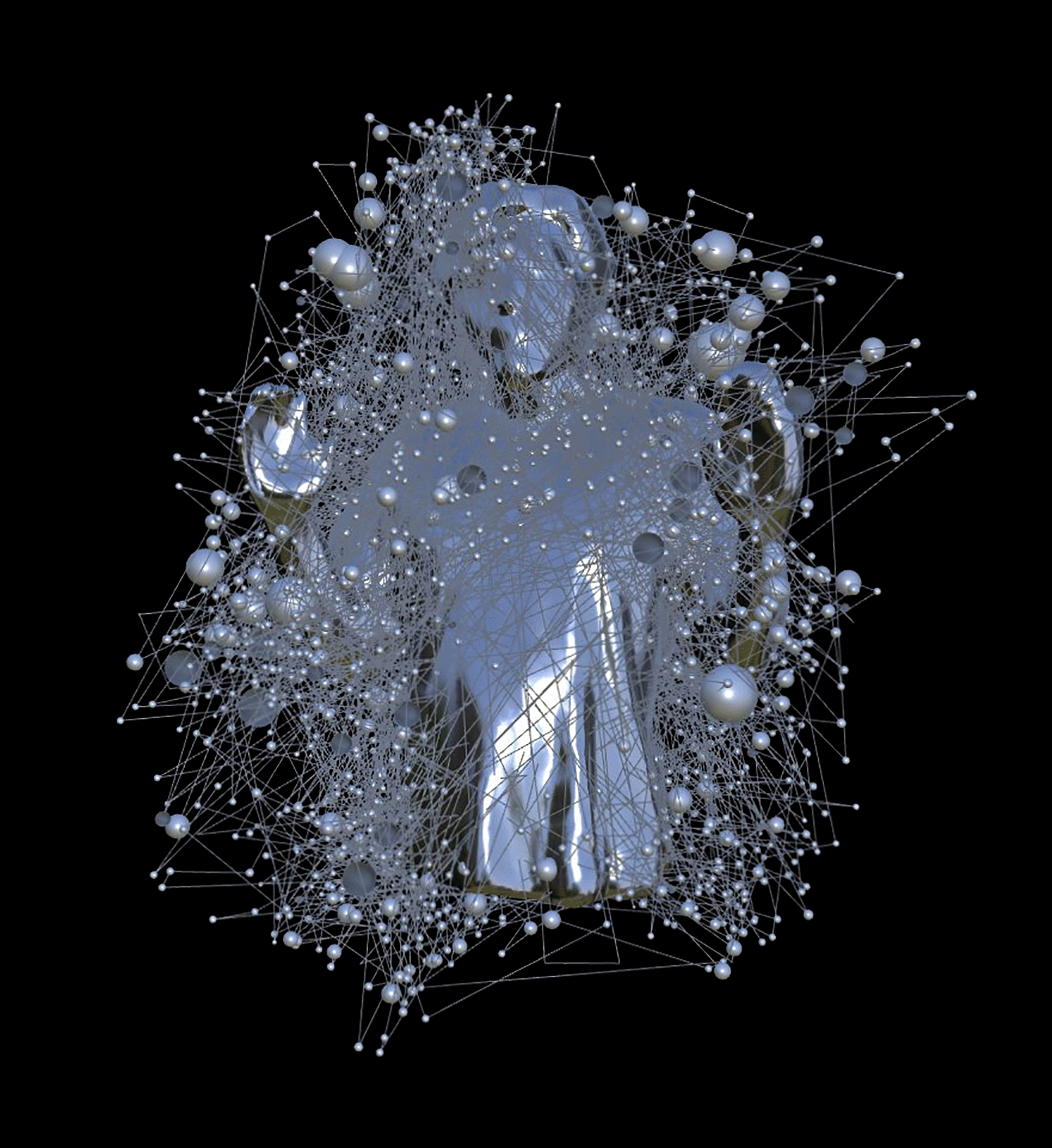Our graduating students have been busy working from home as they prepare their final projects. You can now view their work on the UAL Graduate Showcase, created with IBM.
We spoke to Youngjun Chang, a BA Theatre Design student, to find out more about his final work which uses machine learning to explore body movements and choreography, as well as the impacts, challenges and opportunities he encountered while working from home during Covid-19.
Can you tell us about the work you’re going to be showing at the Graduate Showcase?
My work is a digital dance performance using machine learning to find the relationship between body movements, technology, and transformation of choreography. As theatre evolves with technology, I believe that it extends the walls of a traditional theatre.
Theatrical stories have always shifted alongside artistic aesthetics and societal phenomena within cultures across the world - theatre has evolved itself since humans have discovered fire.
So, beyond immediate technological adaptability to theatrical performance, I tried to create a space where the human body can improvise its movements with computational processes in real-time. In our hyper-connected society, what we are doing can easily be analysed by numerical data, and it provides the possibility to be linked with whatever we are sensing.
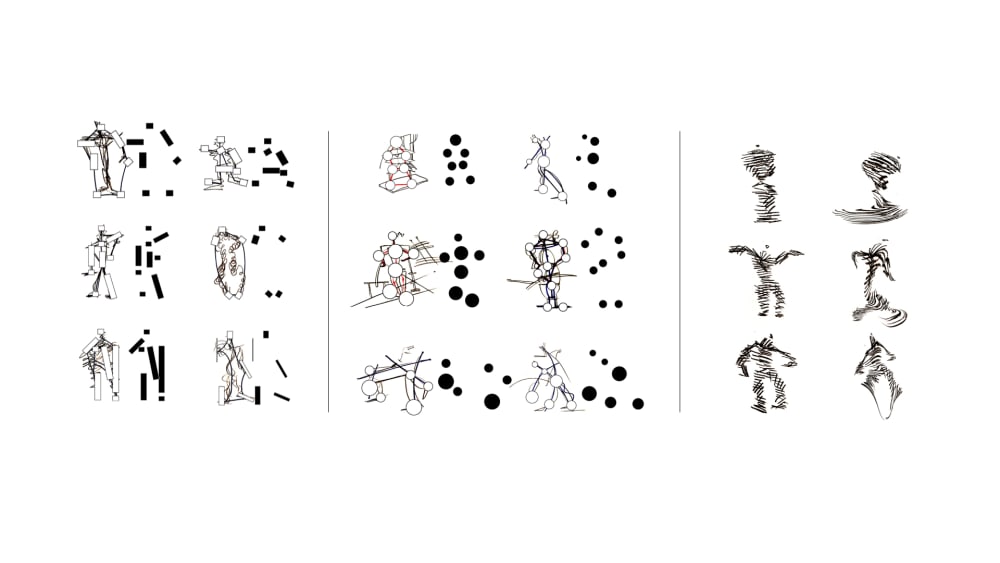
BA (Hons) Theatre Design, Wimbledon College of Arts, UAL | Photograph: Wimbledon College of Arts
What inspired you to choose this as your final piece and how did you expect the audience to interact with your work?
As a response to Covid-19, I wanted to extend the relationship between theatrical performance and technology through body engagement. In addition to dance performance in physical space, I was investigating the possibility that the distribution of movement from a body in digital space can be represented as a visual state of liveness through the redirection of the data this generates.
So, the situation encouraged me to investigate the relationship between human presence and autonomous data mobilisation in theatre. The audience can simply be a performer in my virtual theatre.
What I expect is that the audience makes a narrative and builds a story with their own movements. By obtaining data through Zoom or Skype where people can hang out without a physical meeting, the meaning of recording and streaming is a part of the communication that enables us to interact with a third audience.
Can you tell us more about your design practice and the creative process involved in your work?
I use computer vision and machine intelligence and consolidate this with my sketches and physical drawings. I also use data and computer-generated algorithms to transform and reform captured body movements autonomously - while enabling interaction through live video chat. Numerical data is derived from pixels and signals from moving images and sound to shape the volume of space where we perceive and experience the performance.
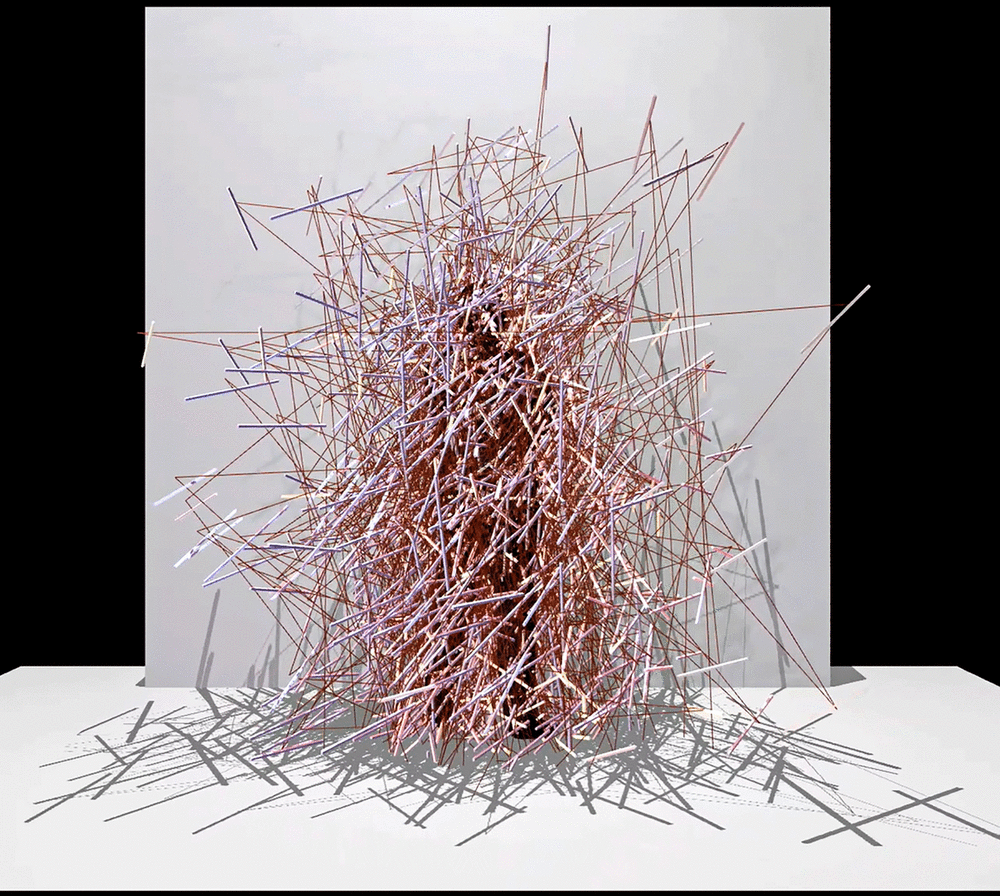
Performance and design for theatre and screen, Wimbledon College of Arts, UAL | Photograph: Wimbledon College of Arts
How have your practice and interests changed throughout your degree?
Throughout my degree, the most significant change in my practice has been my approach to executing ideas. As theatre design is always cohesive with theatrical space and performative elements, I realised I would need a broad understanding of both conceptual and practical approaches. Through the experiences on my degree, I have been able to think about and organise ideas across multi-disciplinary research and study.
Have you managed to set up a home working/studio space since working from home? Where are you currently based?
I’ve been working in south London. I wouldn’t quite call it a studio, but I set up my own simple workspace system which included my laptop, projector and a few other gadgets. I wanted to keep my space as minimalistic as possible so I could adapt to any potential changes made to my environment.
How have you adapted your practice for working outside of college?
I video chat a lot and talk with creative people as much as possible. I post my daily drawings and sketches on social media as well. It's helpful to communicate with people who want to see my previous works. Showing my works and ideas through digital images and videos opens up conversations.
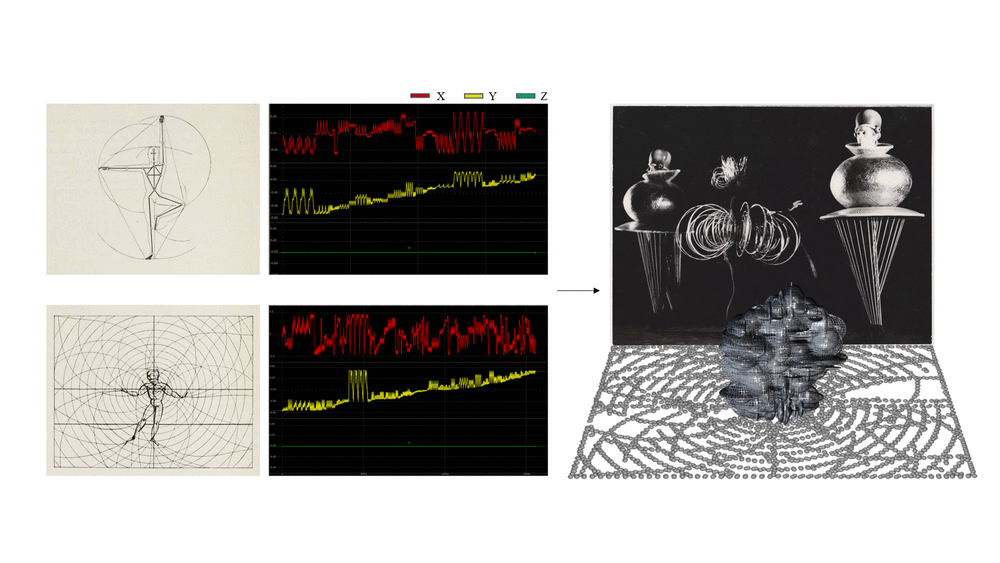
Performance and design for theatre and screen, Wimbledon College of Arts, UAL | Photograph: Wimbledon College of Arts
Have these circumstances resulted in any unexpected opportunities, for example, a collaboration or a change in your usual practice and materials used?
Yes, I collaborated with artists in Germany to display our works in galleries across countries. Satellite Project is a 360’ digital gallery on the web, archiving works in various digital form alongside a project’s theme. It was published by a gallery in Berlin and it will be published in Chicago and Korea this year. It was an unexpected collaboration across different countries.
What has helped you remain positive and keep creating during this time?
I think staying in touch with collaborators and people who are still motivated during this time helped me to remain positive and proactive. I tried preoccupying myself by finding a way to do something in response to this situation, so I made some drawings every day and published them on my social media, even though ideas were not fully organised. It was good to have feedback from people and it motivated me a lot to reflect on my work.
What are you enjoying most about preparing for your degree show?
My final project needs a lot of technical solutions such as body tracking with webcam and virtual server management while in the process, looking at the integration between software and hardware toward computer vision. It is fun to make the final outcome! I find digital space, these days, is limitless in how it enables us to engage with an audience.
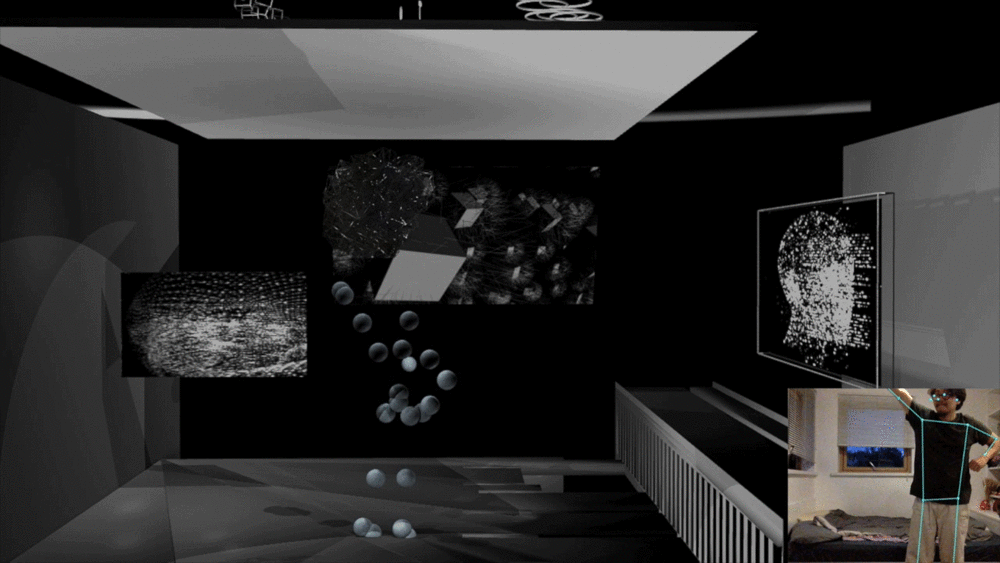
Performance and design for theatre and screen, Wimbledon College of Arts, UAL | Photograph: Wimbledon College of Arts
How was your overall experience studying at Wimbledon College of Arts? What was the highlight of your time here?
I loved being in an environment full of passionate creatives. There was also a wide range of opportunities inside and outside of university. I remember my drawing performance session in my first year. It covered the entire floor space in the theatre. I had to capture the sense of velocity, shape, empathy, narrative, and more – it really inspired me and broadened my horizon as it’s not every day that you get to make a huge drawing of that scale.
Having that freedom of expression at Wimbledon really empowered me to expand my disciplines and mediums across dance, fashion, lighting, scenography, fine art, engineering, sound, architecture and design. And most importantly - it’s fun!
Do you have any tips for students about to start this degree?
Put yourself out there and try to collaborate with people across UAL as much as possible. Meet people in different courses and share ideas. By doing this you can bounce off each other and it will help you grow creatively.
What career paths are you considering after graduating?
I plan to become a theatre designer and creative technologist for performance art and theatre.
The Wimbledon College of Arts Graduate Showcase is now live offering a first look at the most exciting new names in art and performance design. You can also interact and buy original work from Wimbledon Graduates all in one place.
Find out more about BA Theatre Design
Follow Youngjun on Instagram: @vitakcrete
